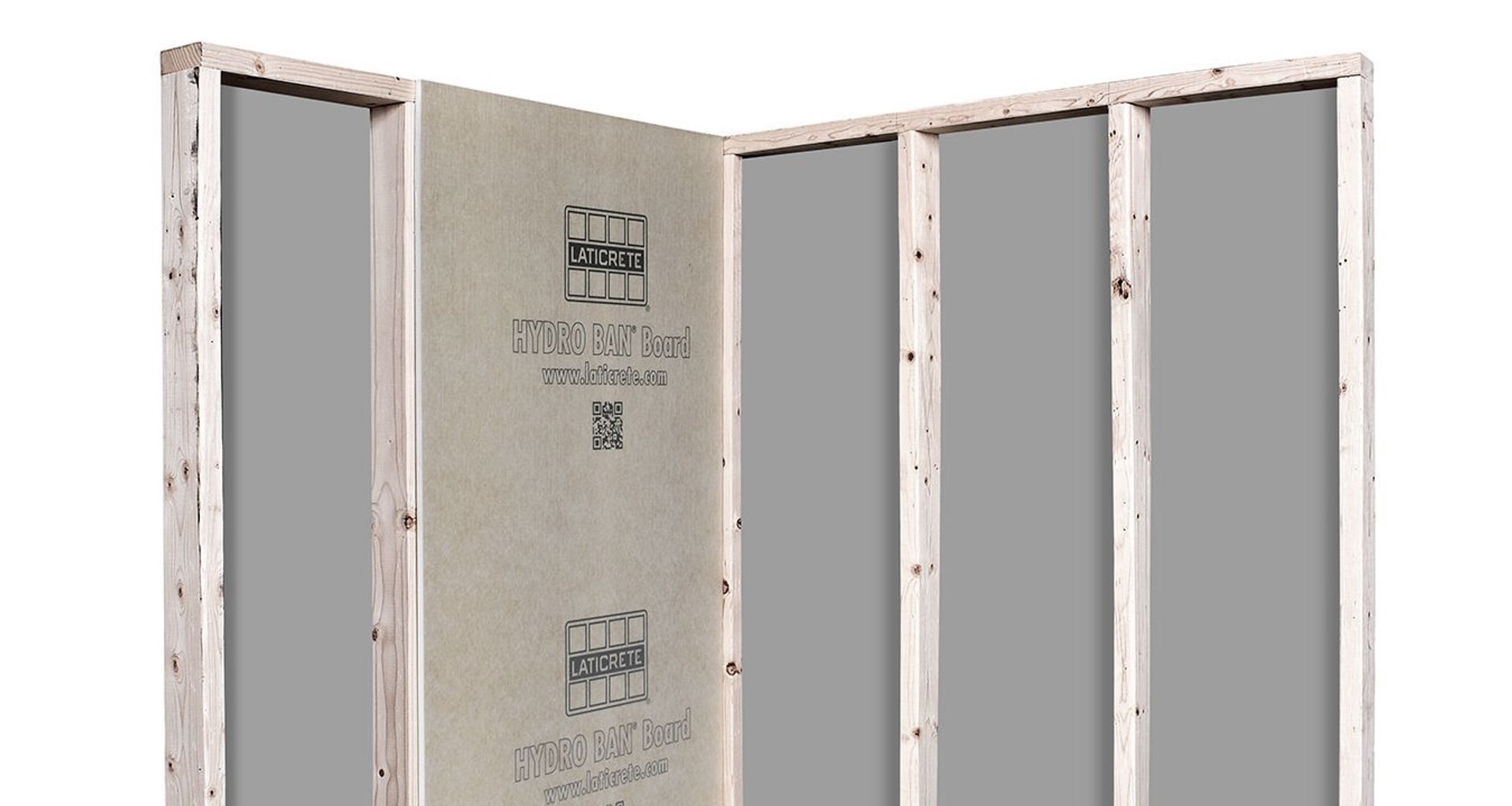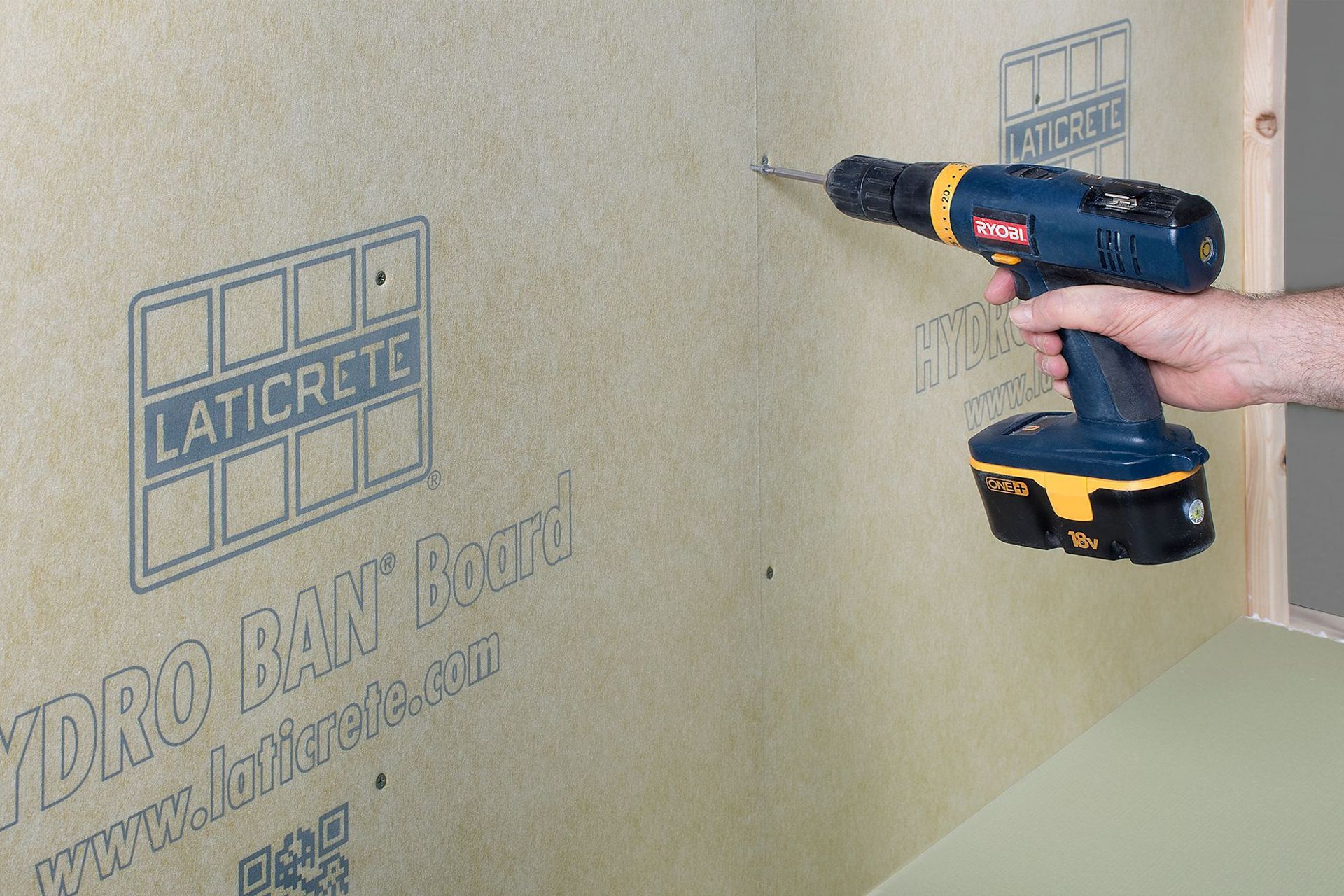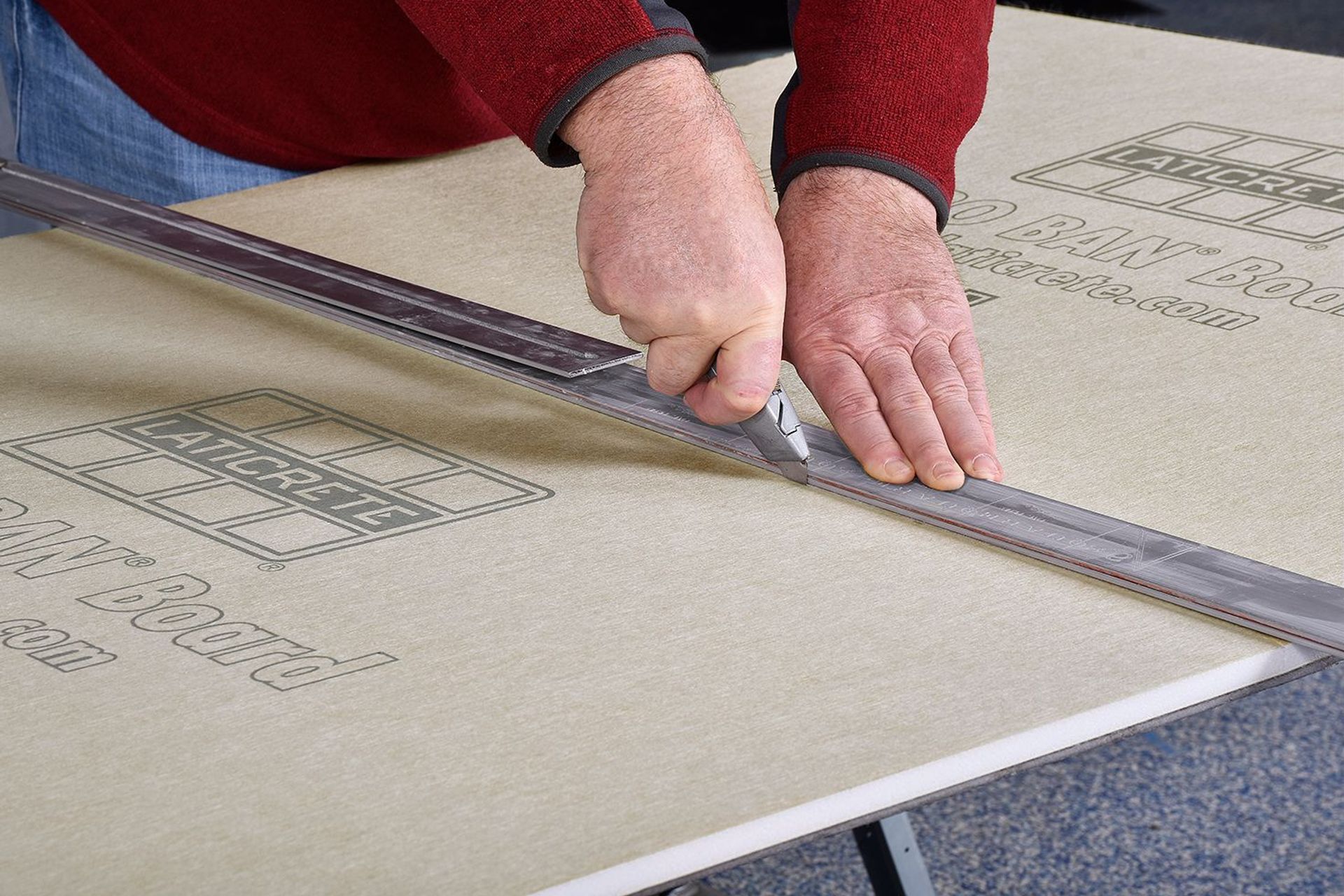As tiles get bigger, installation materials must get better
Written by
21 January 2022
•
5 min read

Tiles are getting bigger.
In New Zealand, demand for large format tiles has been steadily increasing in the past decade, inflating the norm when it comes to size. Whether it’s a desire to make a greater impact on the space, to conform to a larger design concept, or to create a more monolithic look — for Kiwis, bigger is better. But the trend doesn’t come without its challenges.
Where once the standard size was around 300x600mm, now 600x1200 and even 1200x2800mm tiles are defining the average. But as tiles get larger, their weight also increases per square metre, and as a result builders and tilers around the country find themselves confronted with a need to replace their usual stock standard wall substrate with something that can hold the tiles of today.
Jared Caldwell, the managing director of Global Tile, says the materiality of these wall boards are critical, especially in conjunction with the changing norm.
“If you get quality substrate and installation materials from a reputable company, then those materials and the tiles themselves should last a lifetime,” says Jared. “And with bigger tiles, finding a wall board that has these qualities as well as the ability to hang all that weight is of great advantage to everybody out there — tilers, builders, architects.”
One wall board in particular, Jared says, satisfies these requirements and more: the lightweight Hydro Ban Board from Laticrete.

Laticrete’s Hydro Ban Board - light, versatile, strong — and waterproof
This board has many advantages, but perhaps chief among them is the load it can carry: where other standard cement wall boards can weigh up to 20kgs per board, the Hydro Ban Board weighs between 2kg and 5 kgs depending on the required sheet size.
“It holds two and a half times greater weight per square metre,” says Jared. “So we can hang up to 98 kgs per square metre on our 13mm Hydro Ban board. Meanwhile, a fibre cement sheet of comparable size, which is 9mm thick, will only hang a maximum of about 40 – 60 kg’s per square metre.”
The decreased weight also offsets the increased weight of the tiles, and therefore reduces the overall dead load compared to when installing the more traditional cement and wet plaster board substrates. This also makes installation much faster and easier.
The installation process becomes further streamlined with the ability to cut the board with a standard Stanley knife instead of a saw or handheld grinder. “Also, when cutting the Hydro Ban Board there’s no dust,” says Jared. “If you cut a fibre cement sheet or plaster board, you’ve got dust going everywhere, which is frowned upon under today’s OSH Regulations.”
The wall board is also completely waterproof, made using a high-density, extruded polystyrene core and a reinforced, waterproof membrane on both sides. This of course means there’s no need to install separate, stand-alone waterproof membranes. However, in New Zealand this is still the preferred methodology, which really does provide peace of mind for the end user that the entire installation will be watertight.

Laticrete: A one-stop-shop
Of course it’s not just the wall and floor substrates that are critical in tiling installations. In general, adhesive, waterproof membranes and grout, as well as the tiles themselves, are all crucial elements that bring entire tiling projects together. With so many individual components, the process is made much easier if all installation materials are sourced from one supplier.
“If a project uses a single brand of installation materials to provide everything they need to install their tiles from the ground up, then the stakeholders have peace of mind knowing that they’ve got the right tools for the job — and they can take advantage of the amalgamated warranty,” says Jared. “It’s much more preferable than mixing and matching, and running into compatibility issues.”
Laticrete’s products can be trusted in this respect, he says, because all components have been tested with one another by third parties and are 100% compatible with each other.
“You build that system, with compatible components all from one supplier, and hey presto — you’ve got yourself the ultimate warranty.”
And with the inclusion of the Hydro Ban Board in that tally of tools, tilers can benefit from easier installation and peace of mind knowing that today’s bigger, heavier tiles will perform well throughout everyday use.
“I know of many tilers and builders over and above those who are already installing our Hydro Ban Board who are keen to get on board — excuse the pun,” says Jared. “They’re currently doing bathroom fit outs and lining walls with fibre cement and wet area plaster boards and are ready for change.
“But after seeing the time and effort they’d save using this board, they’re all keen to jump ship.”
Time is money, as they say.